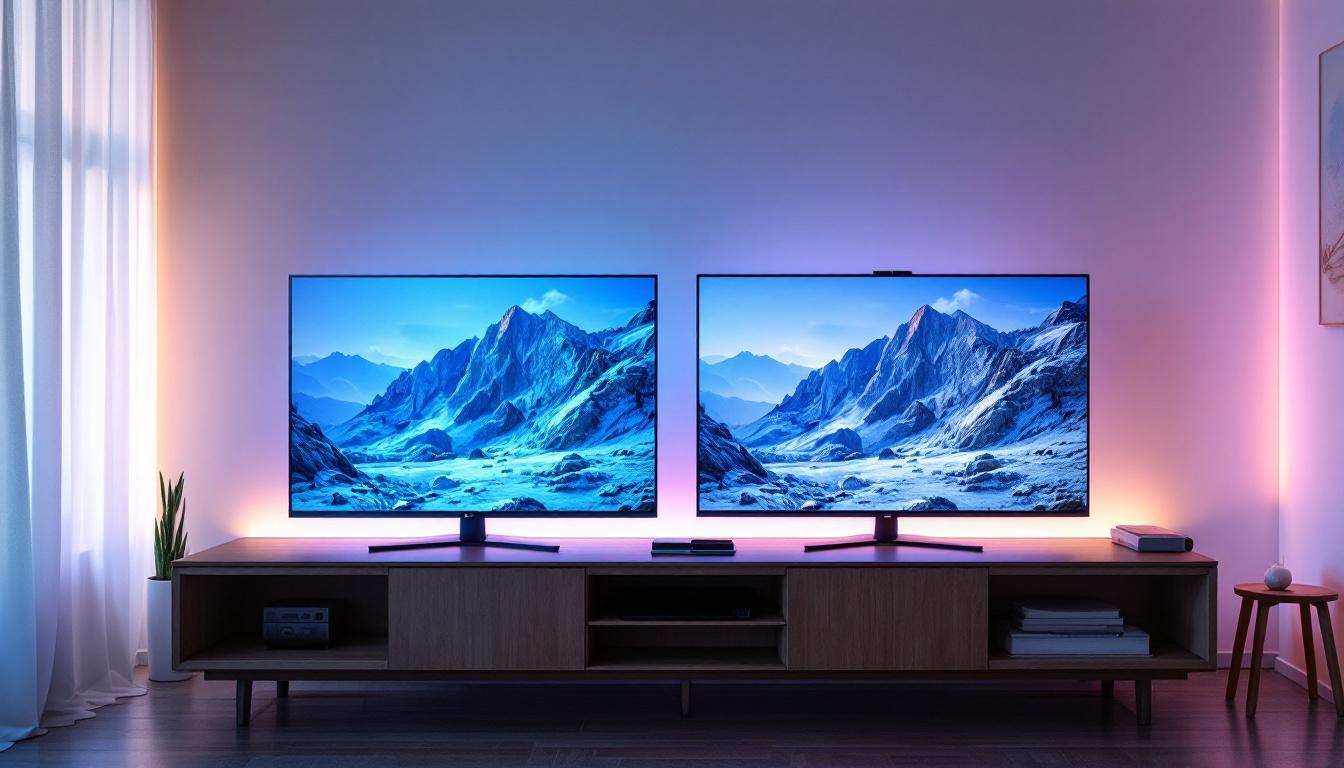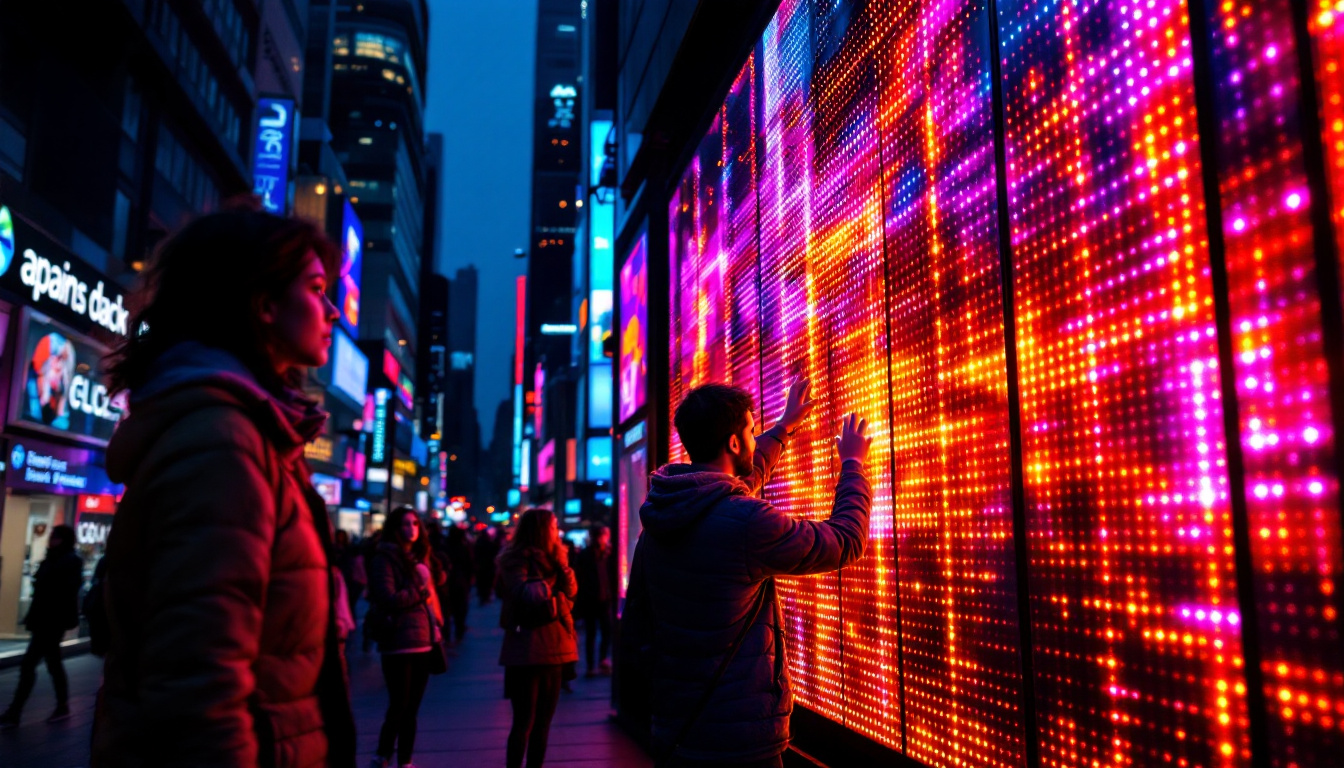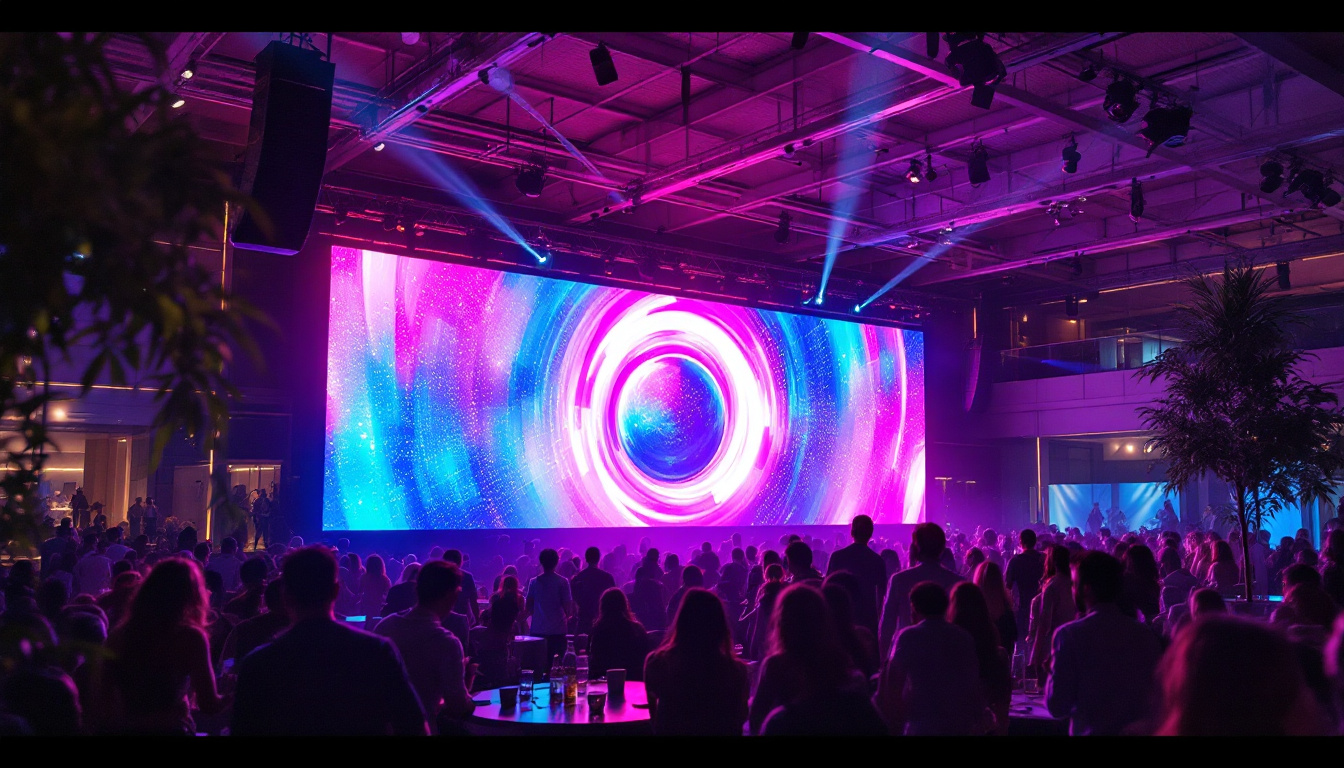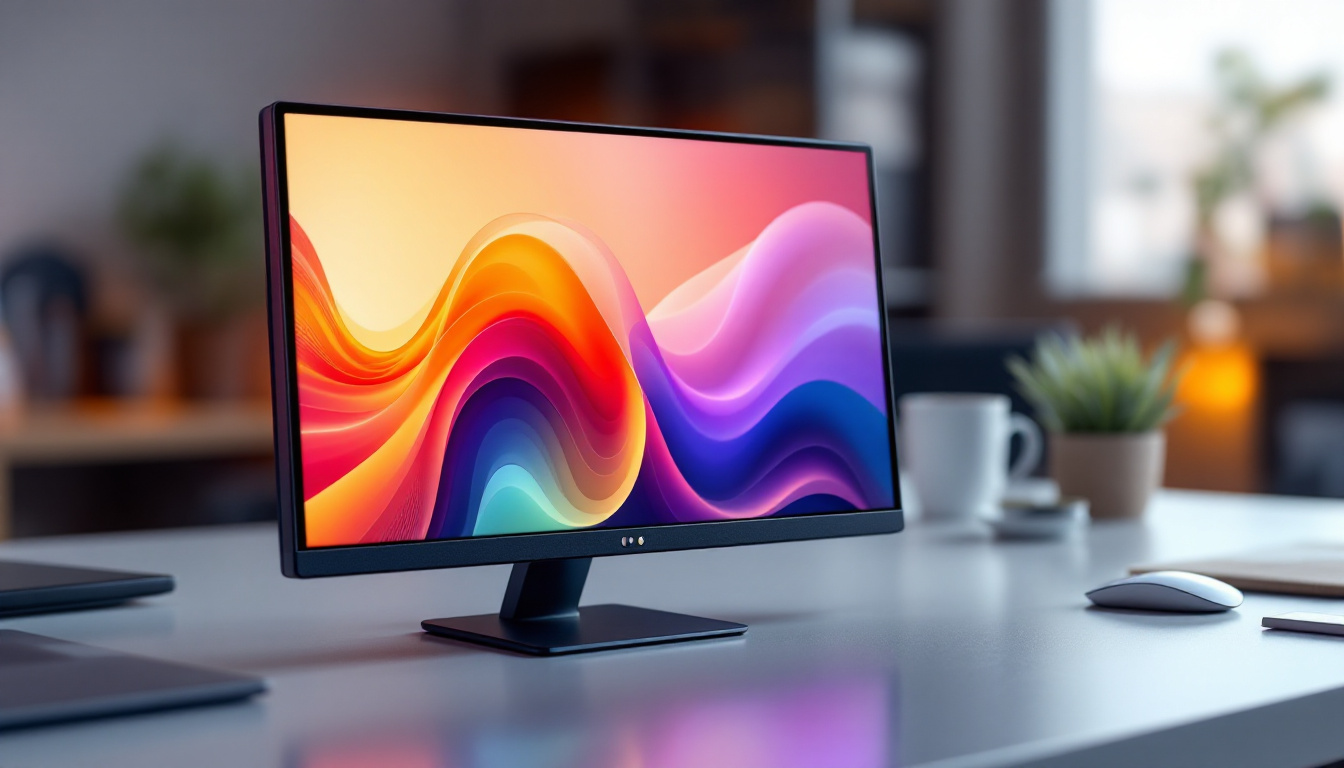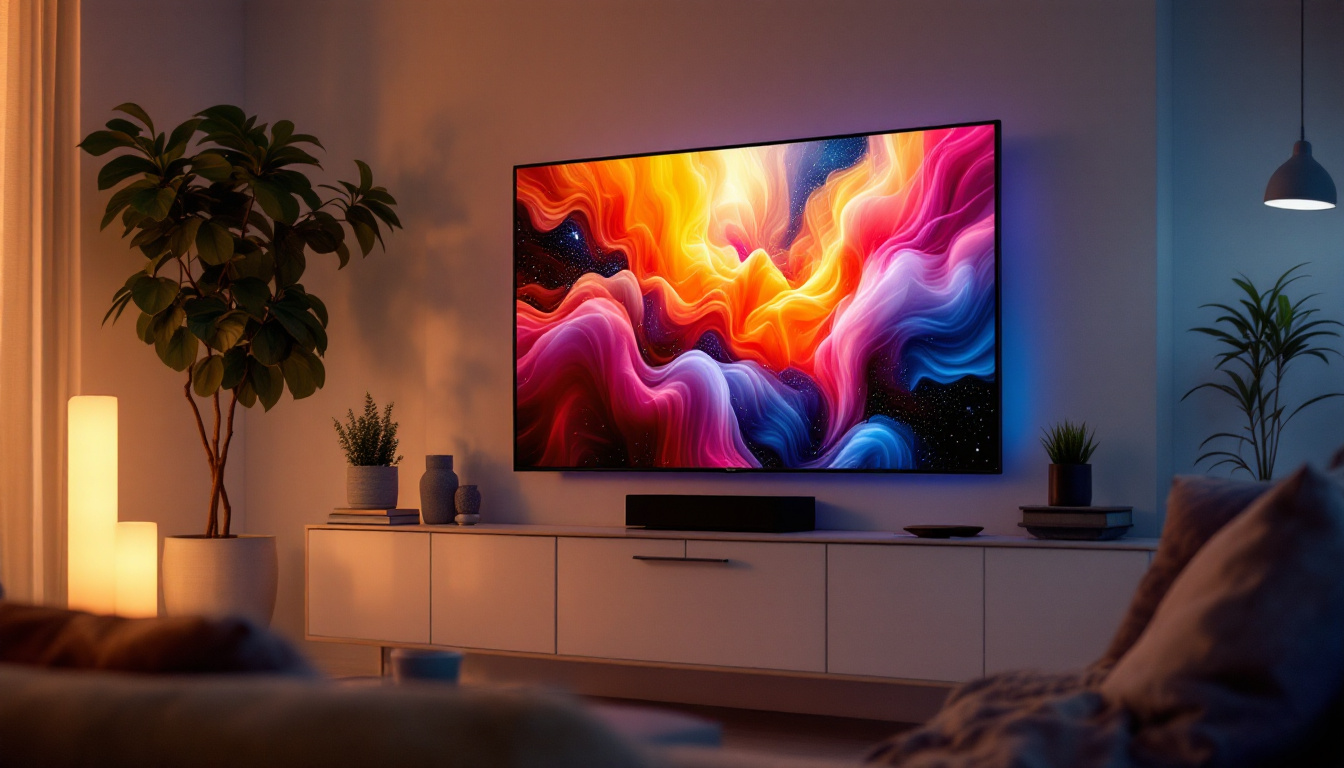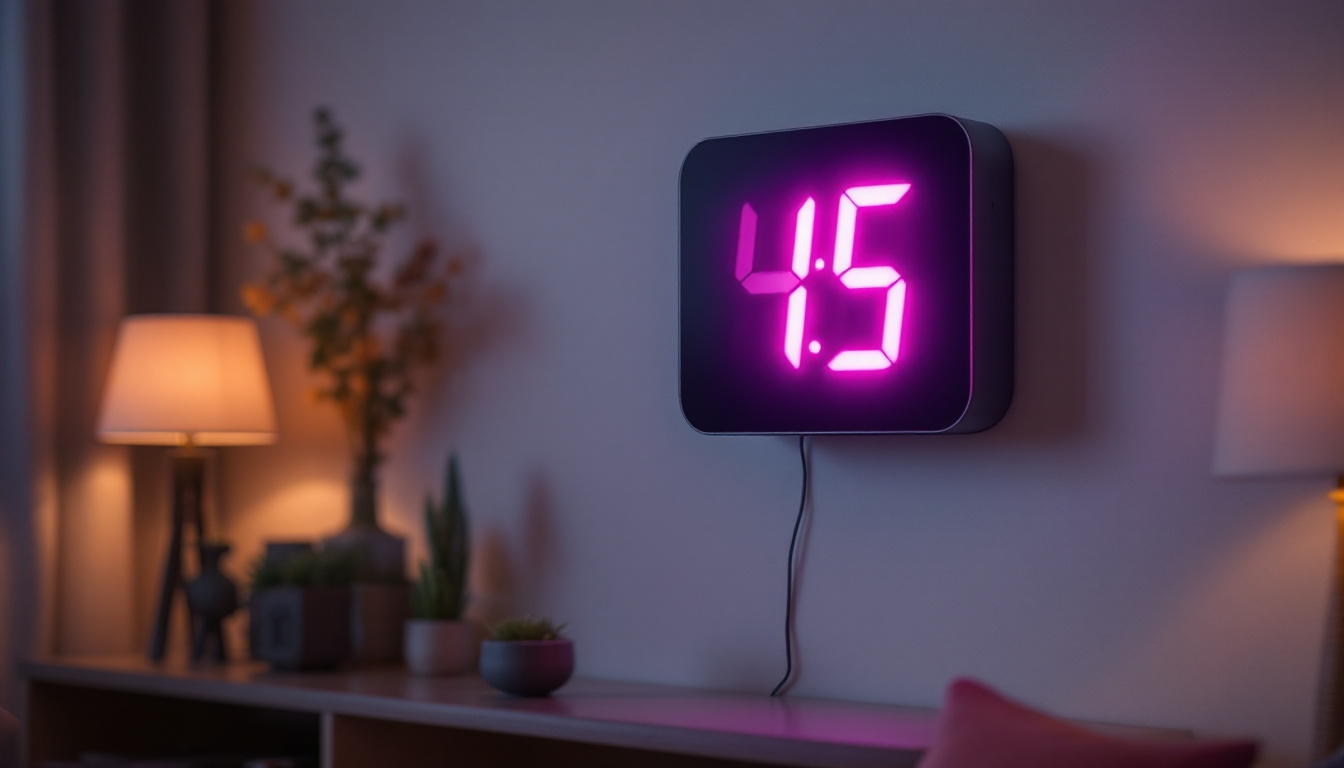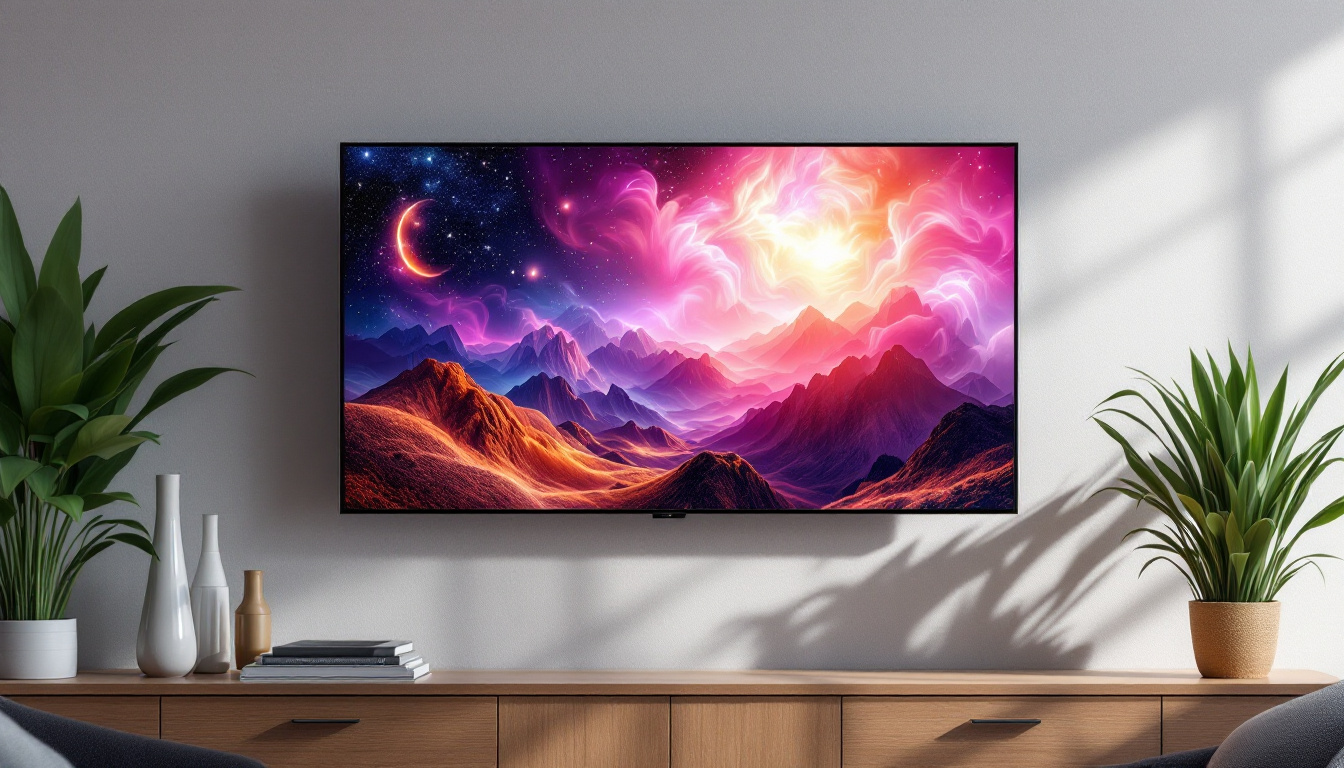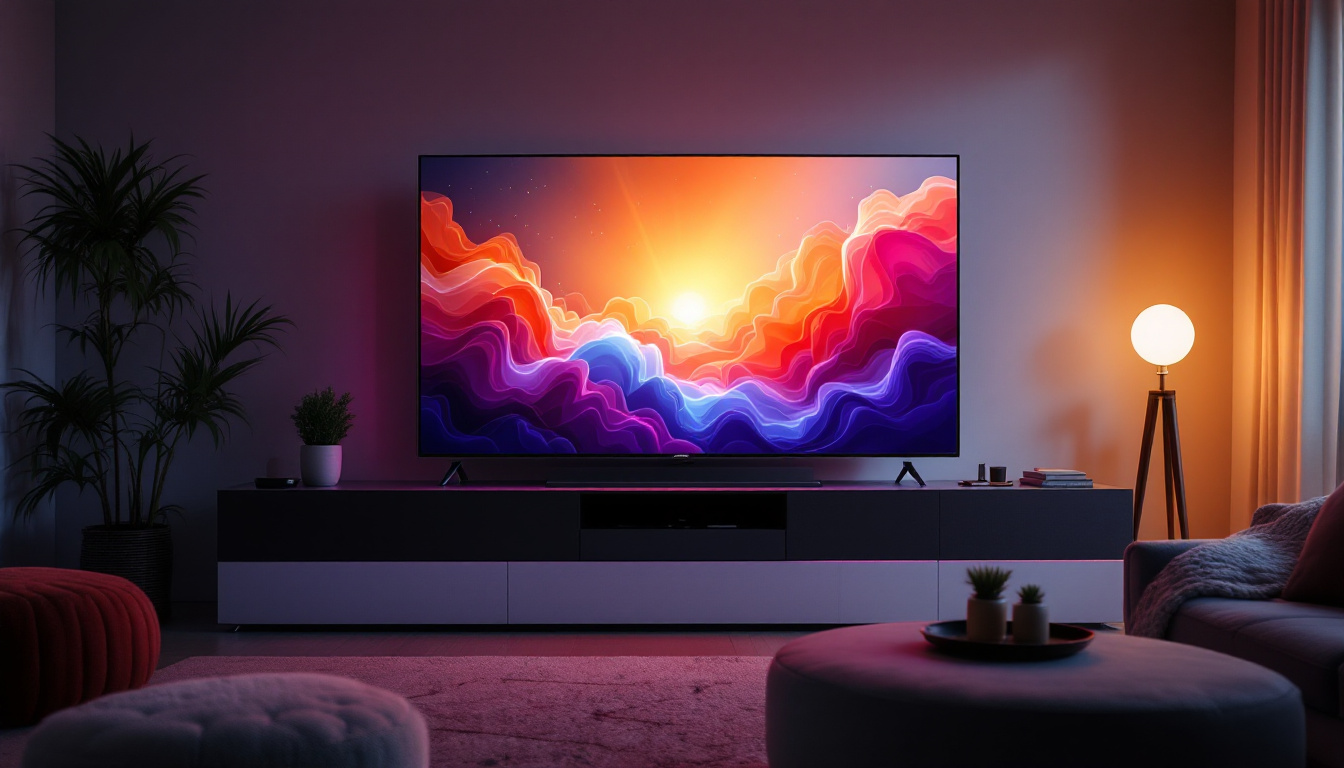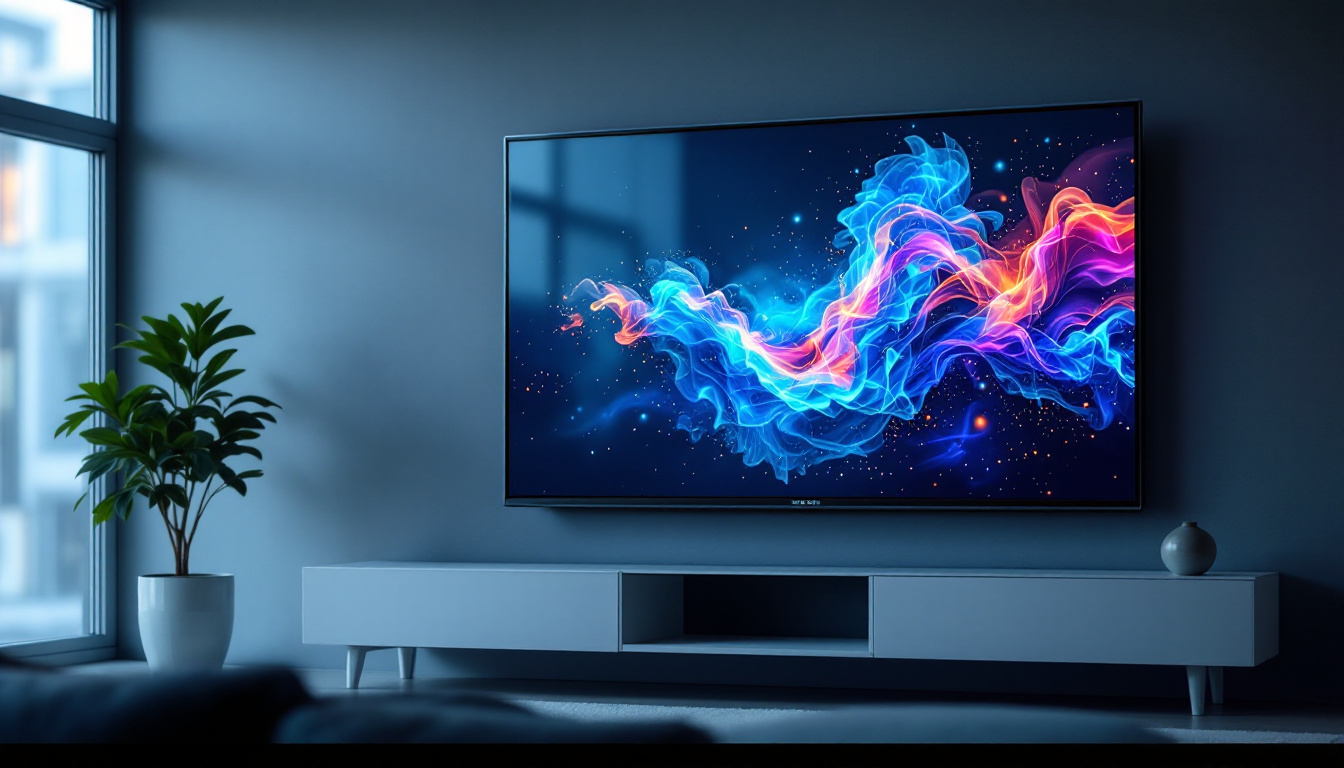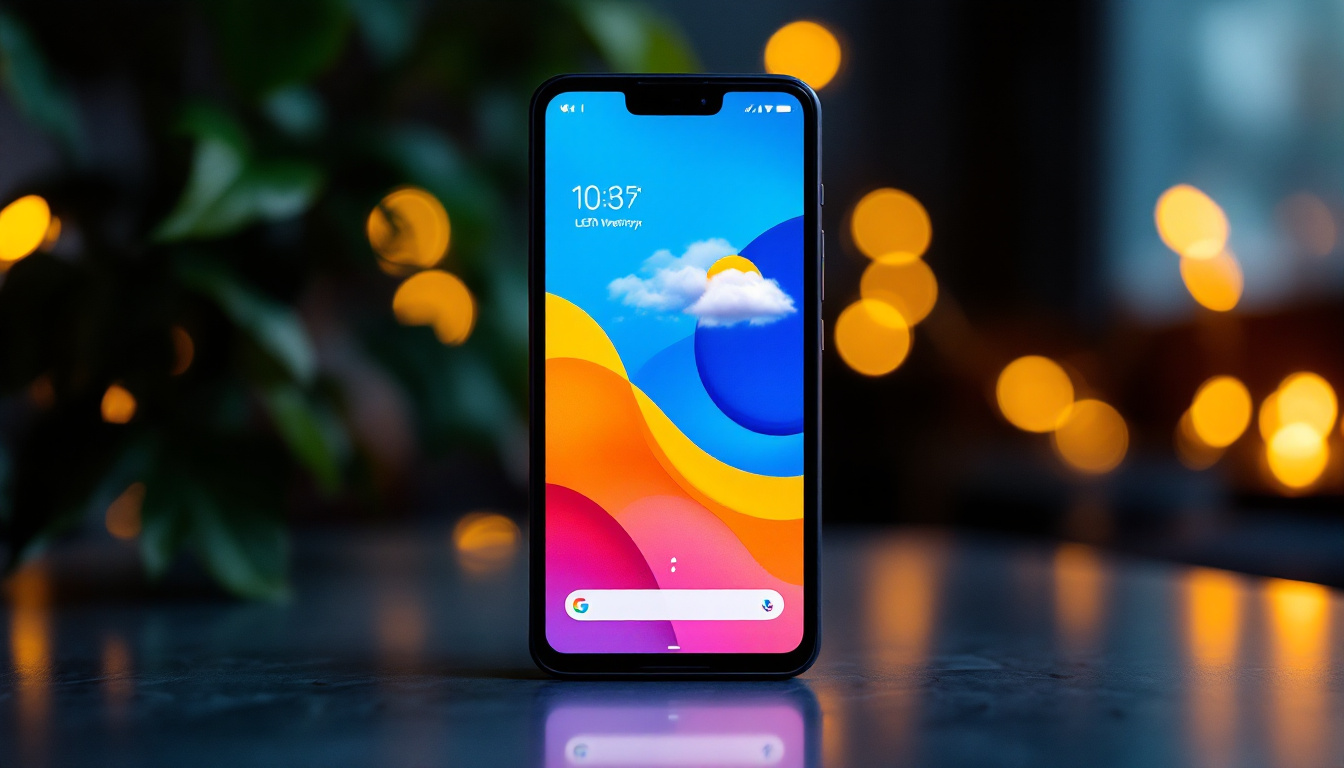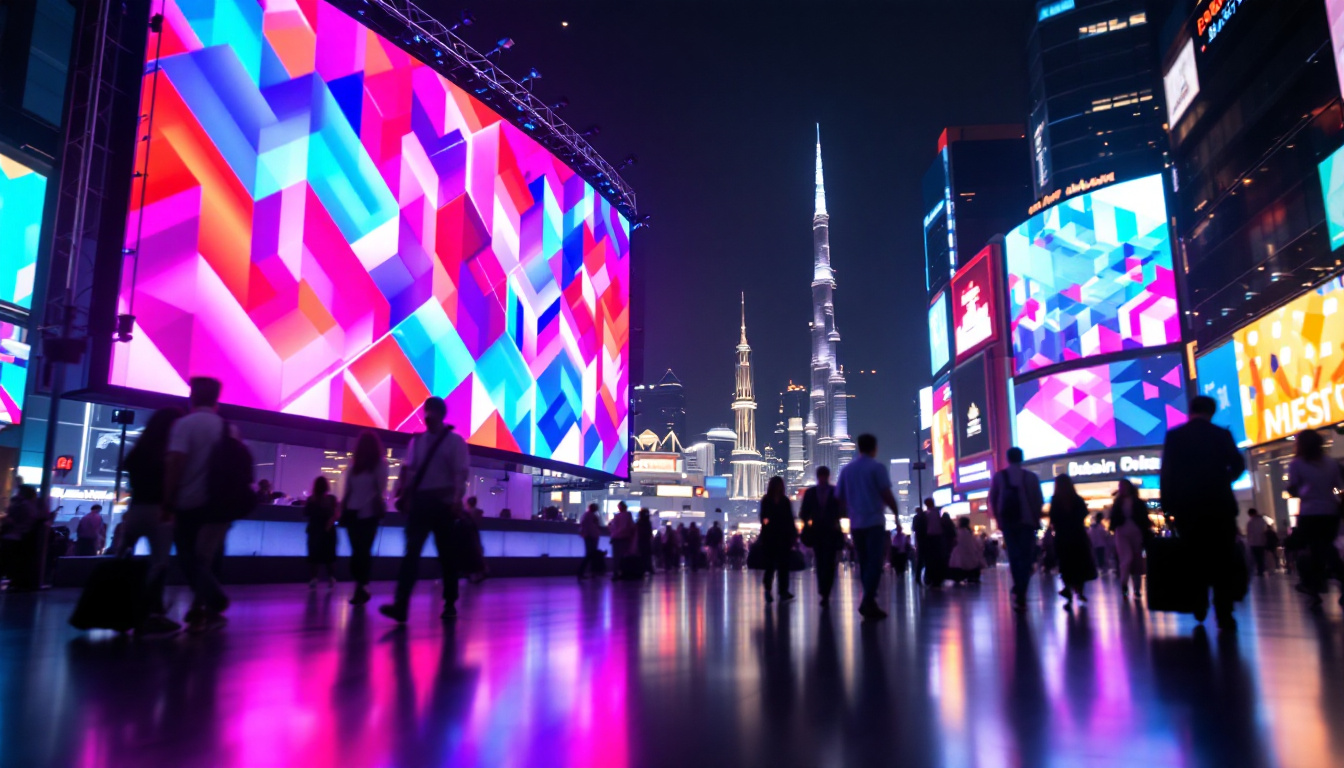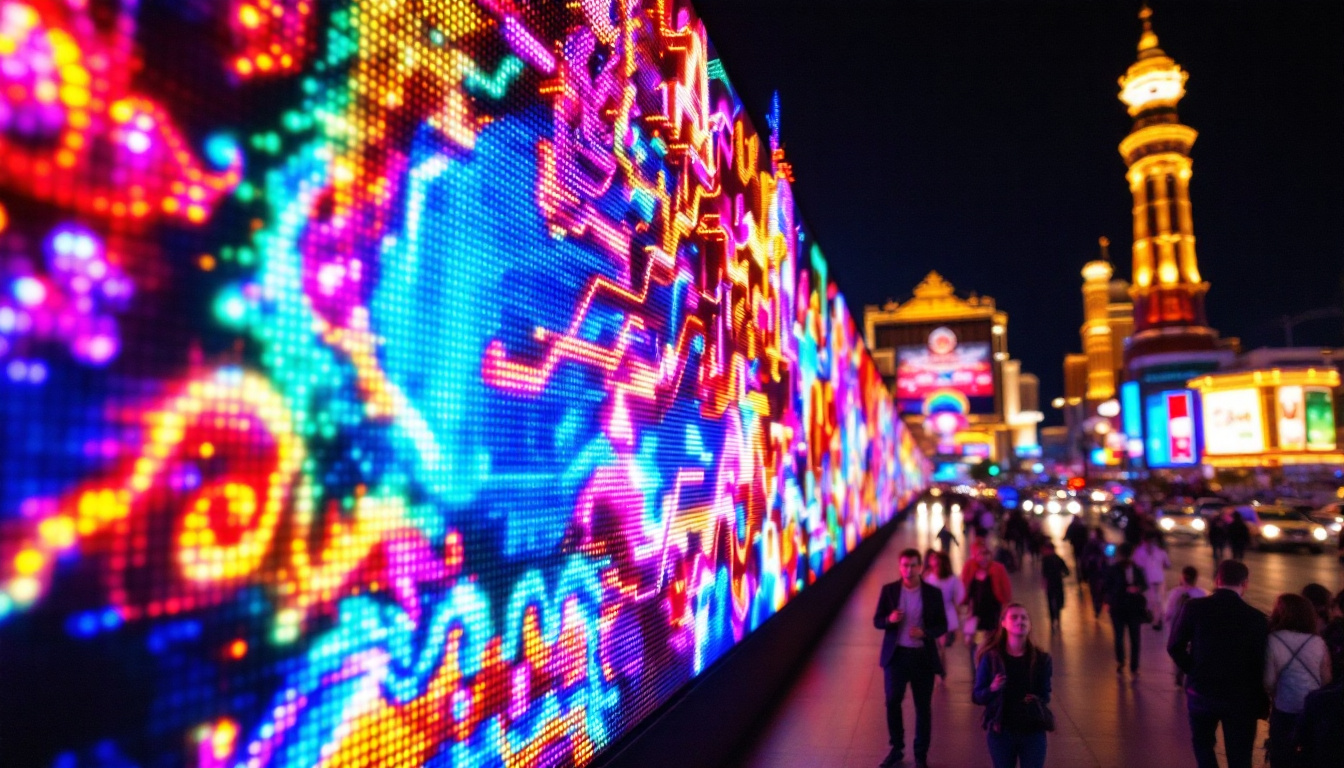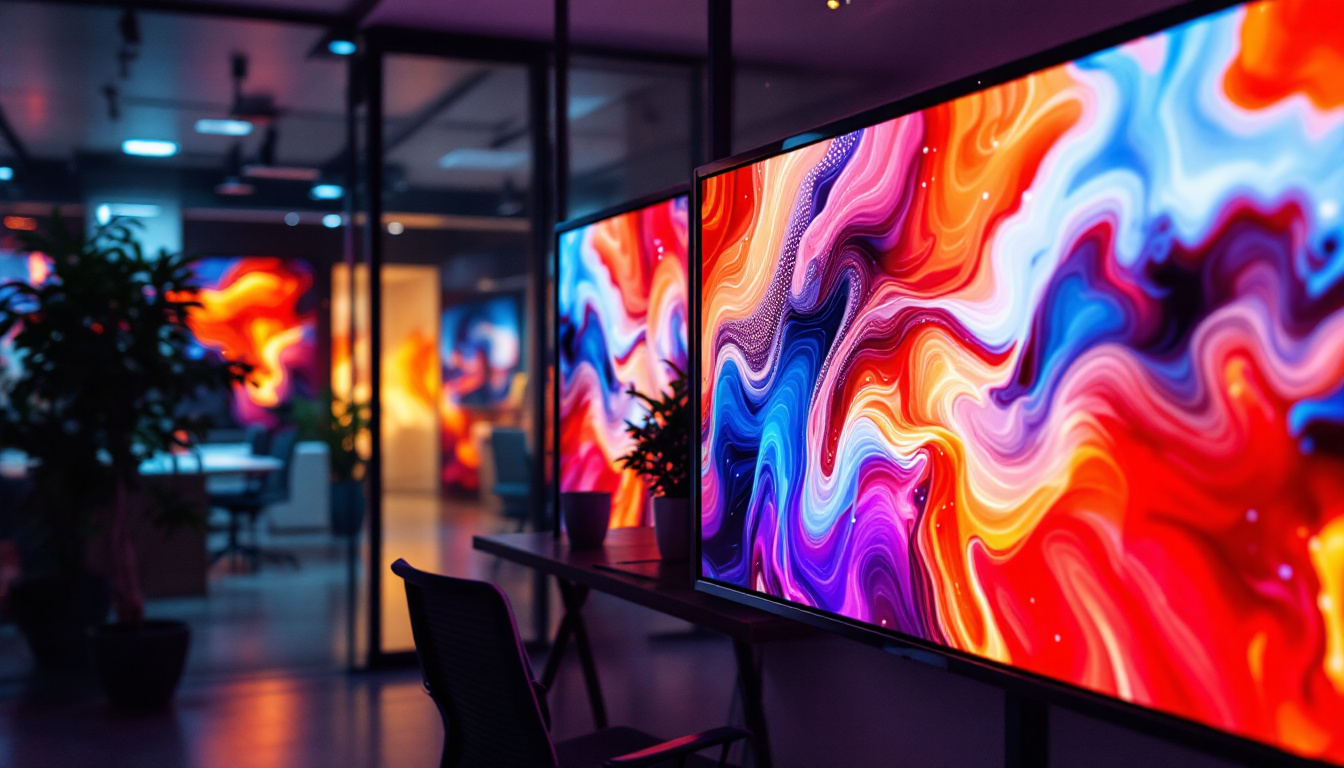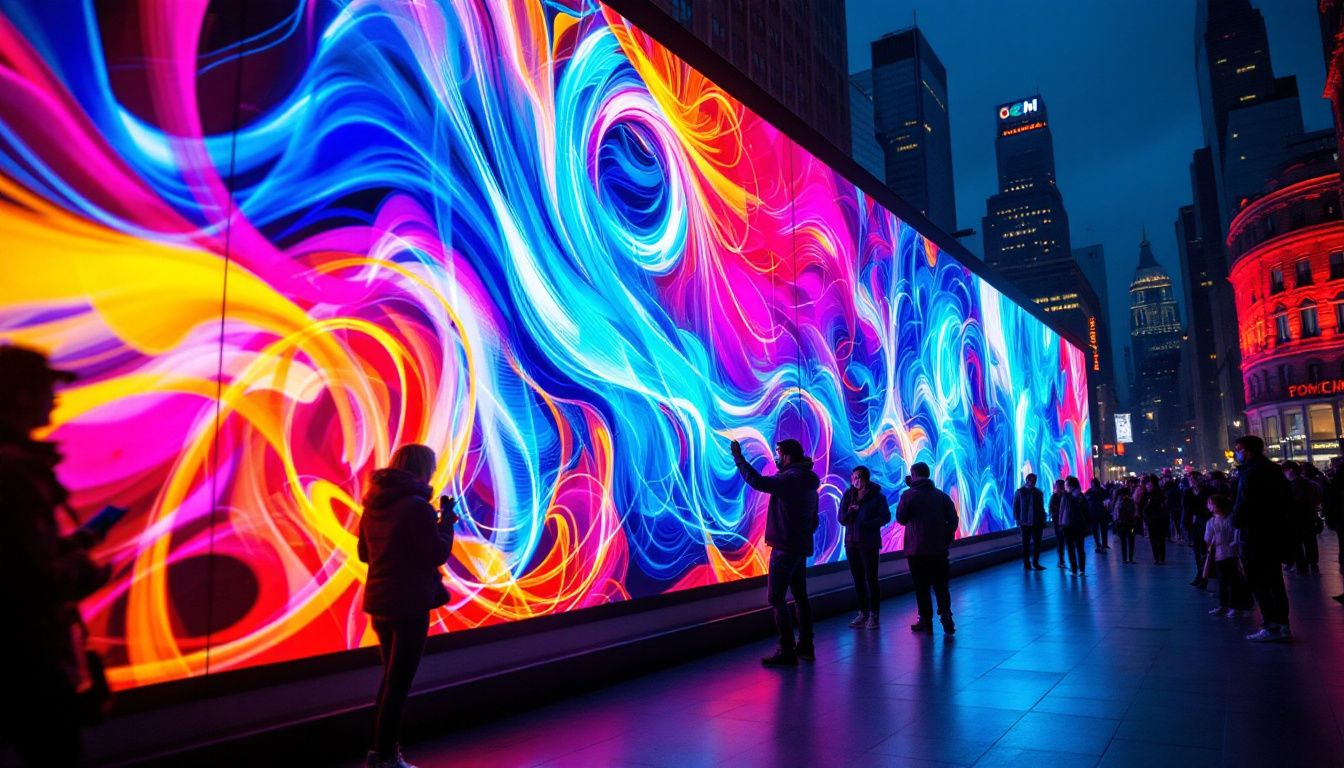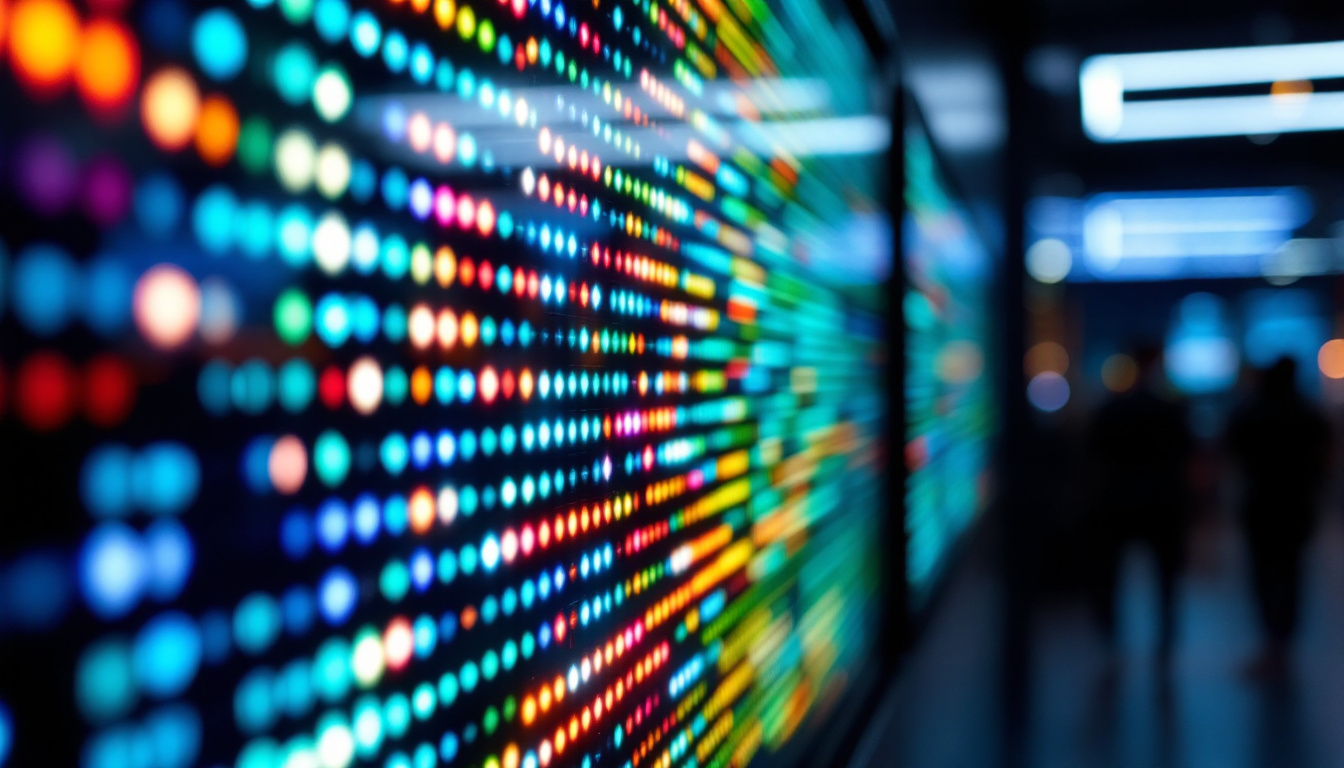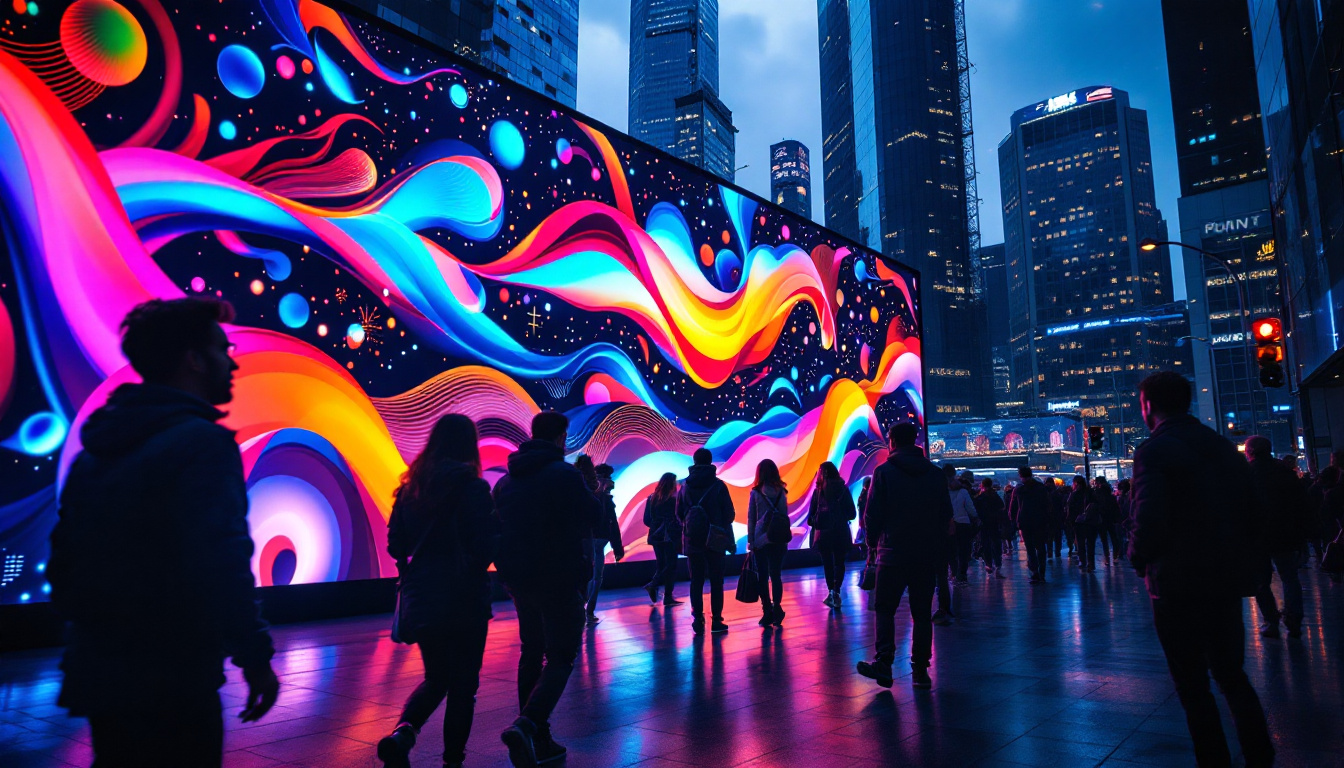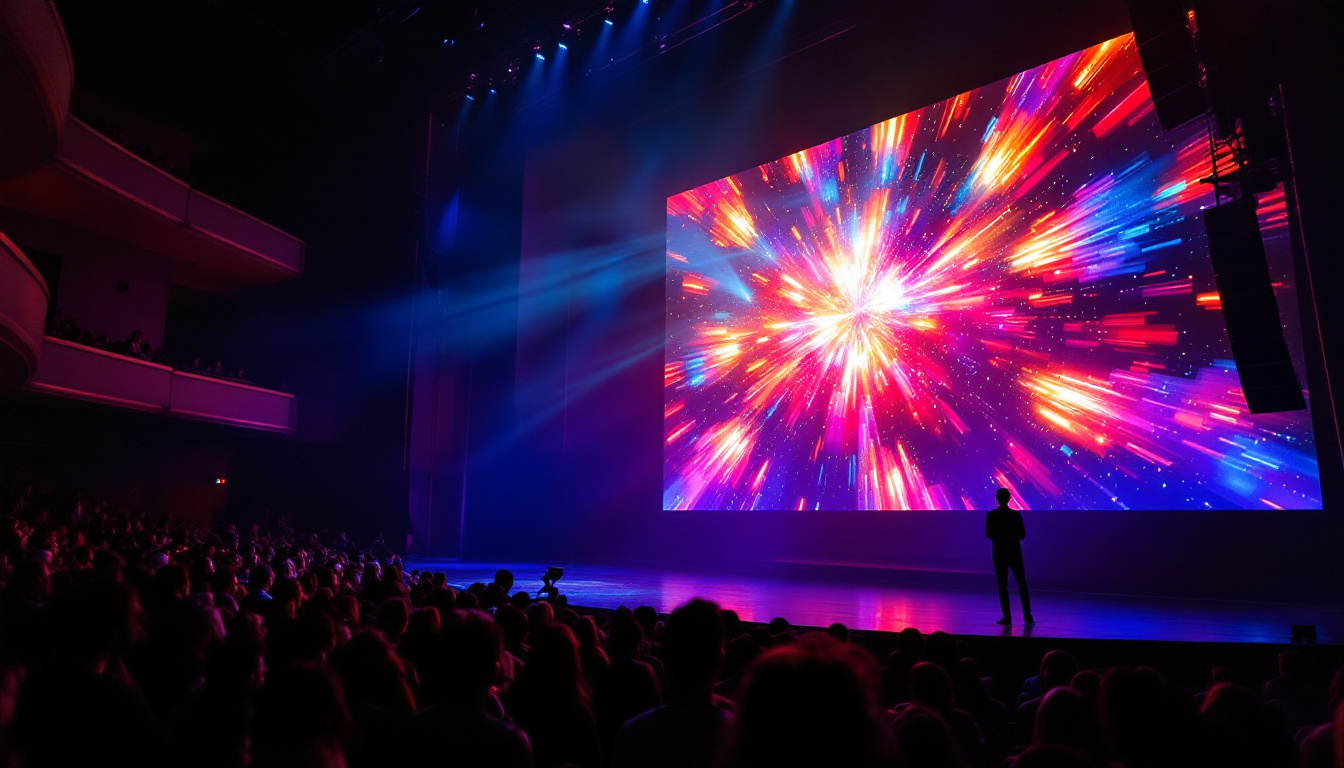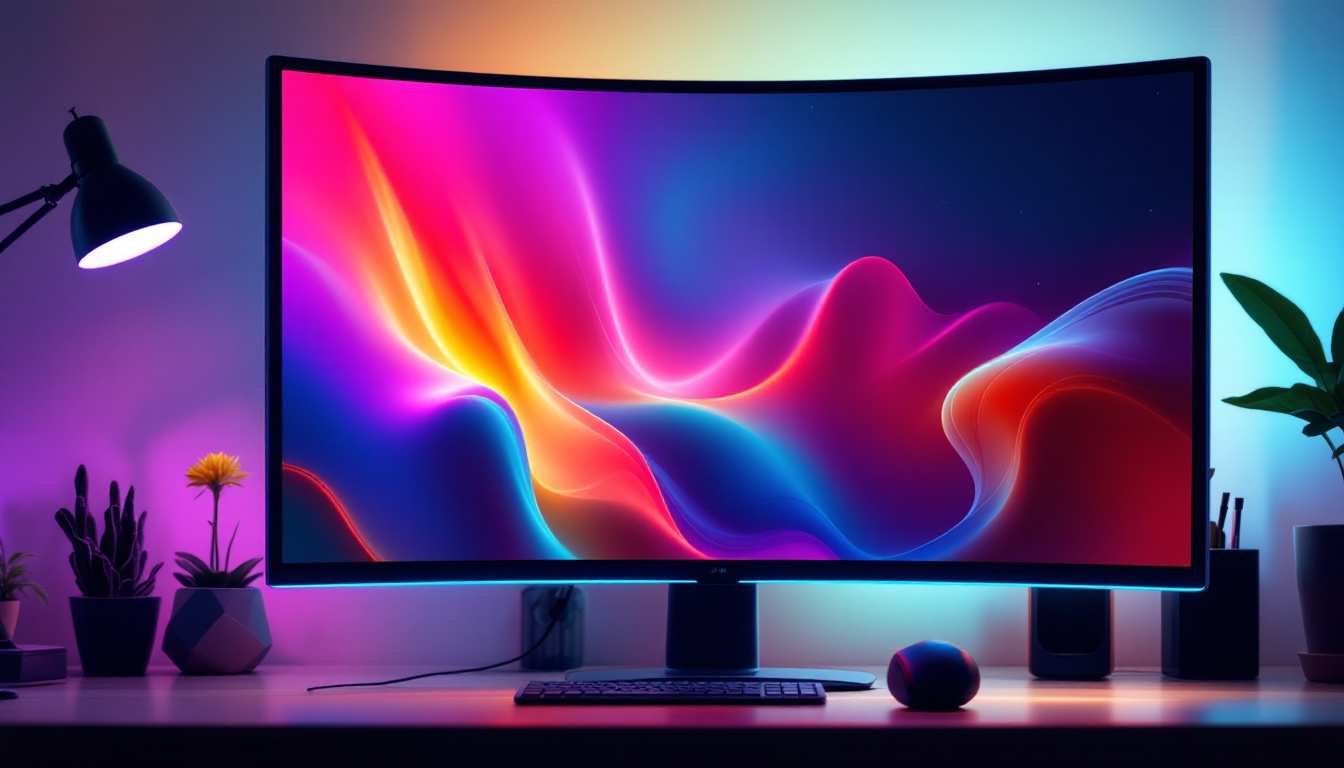In the rapidly evolving landscape of visual communication, digital signage has become an indispensable tool for businesses across Germany. From bustling city centers in Berlin to retail hubs in Munich, LED displays are transforming how brands engage with their audiences. This article delves into the world of LED digital signage in Deutschland, exploring its technology, benefits, applications, and future trends.
Understanding LED Display Technology
What is an LED Display?
LED, or Light Emitting Diode, displays are screens composed of numerous tiny light sources that emit light when an electric current passes through them. Unlike traditional LCD or plasma screens, LED displays use these diodes to create vibrant, high-contrast images visible even in bright ambient light conditions. This makes them particularly suitable for both indoor and outdoor digital signage applications.
In Germany, where outdoor advertising must often contend with varying weather and lighting conditions, the robustness and brightness of LED displays offer a significant advantage. The modular nature of LED panels also allows for scalable solutions, ranging from small indoor screens to massive outdoor video walls. Additionally, the energy efficiency of LED technology means that these displays consume less power compared to their predecessors, making them a more sustainable choice for businesses looking to reduce their carbon footprint while still delivering eye-catching visual content.
Types of LED Displays Used in Digital Signage
LED displays come in various forms, each tailored to specific use cases:
- Indoor LED Displays: Designed for environments such as retail stores, corporate lobbies, and event venues, these displays prioritize high resolution and close viewing distances. Pixel pitches typically range from 1.2mm to 4mm, delivering crisp images and text. Their ability to showcase dynamic content, such as promotional videos or live feeds, makes them a powerful tool for engaging customers and enhancing the overall experience.
- Outdoor LED Displays: Built to withstand harsh weather conditions, these screens feature higher brightness levels (often exceeding 5,000 nits) and larger pixel pitches (usually 6mm to 20mm) to ensure visibility from greater distances. Their durability is complemented by advanced weatherproofing technologies, allowing them to operate seamlessly in rain, snow, or extreme heat, thus providing advertisers with a reliable platform for year-round campaigns.
- Transparent LED Displays: An innovative solution that allows light to pass through the screen, enabling use on glass surfaces such as storefront windows without obstructing natural light. This unique feature not only enhances aesthetic appeal but also creates opportunities for interactive advertising, where passersby can engage with the content displayed while still being able to see the products inside the store.
Moreover, the rise of flexible LED displays has opened up new avenues for creative installations. These displays can be bent or shaped to fit unconventional spaces, allowing designers to push the boundaries of traditional advertising. Whether wrapping around architectural features or creating immersive environments at events, flexible LED technology is transforming how brands communicate their messages. As the technology continues to evolve, we can expect even more innovative applications that blend art and advertising in captivating ways.
Benefits of LED Digital Signage in Germany
Enhanced Visibility and Engagement
One of the primary advantages of LED digital signage is its exceptional brightness and color accuracy. In Germany’s urban environments, where competing for attention is fierce, LED displays stand out by delivering vivid content that captures passerby interest. Studies have shown that digital signage can increase customer engagement by up to 30%, a figure that underscores its effectiveness in retail and public spaces.
Moreover, LED displays support dynamic content such as videos, animations, and real-time updates, which are proven to be more engaging than static posters. This capability is particularly valuable in Germany’s transportation hubs like Berlin Hauptbahnhof or Frankfurt Airport, where timely information is critical.
Energy Efficiency and Sustainability
Germany is a global leader in sustainability, and energy-efficient technologies are highly valued. LED displays consume significantly less power than traditional lighting and display technologies, aligning with the country’s ambitious climate goals. Many modern LED signage solutions incorporate energy-saving features such as automatic brightness adjustment based on ambient light, further reducing electricity consumption.
Additionally, LED displays have a longer lifespan, often exceeding 100,000 hours, which minimizes waste and replacement costs. This durability makes them an economically and environmentally sound choice for businesses committed to sustainable practices.
Flexibility and Customization
LED digital signage offers unparalleled flexibility in terms of size, shape, and content management. German companies can tailor their signage solutions to specific needs, whether it’s a curved LED wall in a shopping mall or a modular display for a trade fair booth. The ability to update content remotely and instantly also allows for real-time marketing campaigns, promotions, and emergency notifications.
This adaptability is crucial in Germany’s diverse market, where different regions and industries require unique communication strategies. For example, automotive dealerships in Stuttgart might use LED displays to showcase vehicle features dynamically, while museums in Hamburg could employ them for interactive exhibits.
Applications of LED Digital Signage Across Germany
Retail and Shopping Centers
Germany’s retail sector has embraced LED digital signage to enhance the shopping experience. Large LED screens in malls and storefronts attract customers by displaying promotional offers, brand stories, and interactive content. According to recent market research, nearly 60% of German retailers have integrated some form of digital signage into their marketing mix.
Furthermore, LED displays facilitate omnichannel retail strategies by linking in-store promotions with online campaigns, creating a seamless customer journey. This integration is especially effective during peak shopping seasons like Weihnachten (Christmas) and Black Friday, when consumer attention is at its highest.
Transportation and Public Spaces
In Germany’s extensive public transportation network, LED signage plays a pivotal role in passenger information systems. Real-time updates on train schedules, delays, and platform changes are displayed on high-visibility LED screens, improving commuter experience and operational efficiency.
Public spaces such as city squares and event venues also utilize LED displays for advertising, public announcements, and cultural programming. For instance, the iconic LED screens in Alexanderplatz, Berlin, serve both commercial and civic communication purposes, illustrating the technology’s versatility.
Corporate and Educational Environments
Corporate offices across Germany are increasingly adopting LED digital signage for internal communications, branding, and visitor engagement. Dynamic displays in lobbies and meeting rooms enhance corporate identity and facilitate information dissemination.
Similarly, universities and research institutions use LED signage to promote events, share academic news, and support interactive learning. The flexibility of LED technology allows for customization to suit various campus environments, from lecture halls to student centers.
Challenges and Considerations for Implementing LED Digital Signage
Initial Investment and Maintenance
While LED displays offer long-term benefits, the initial investment can be substantial. High-resolution indoor LED screens and large outdoor video walls require significant capital expenditure, which may be a barrier for small and medium-sized enterprises (SMEs) in Germany.
Maintenance is another consideration. Although LED technology is durable, regular cleaning, software updates, and occasional repairs are necessary to ensure optimal performance. Partnering with experienced local providers can help mitigate these challenges by offering tailored service packages.
Content Strategy and Management
Effective digital signage is not just about hardware; content quality and relevance are paramount. German businesses must develop clear content strategies that align with their brand values and audience preferences. This includes language considerations, as Germany’s multicultural population may require multilingual content to maximize reach.
Advanced content management systems (CMS) enable centralized control and scheduling, allowing companies to tailor messaging by location, time of day, or customer demographics. Investing in professional content creation and management ensures that LED signage delivers a strong return on investment.
Regulatory Compliance and Urban Integration
Germany has strict regulations governing outdoor advertising and digital signage, particularly in historic city centers and protected areas. Compliance with local ordinances regarding brightness levels, screen placement, and operating hours is essential to avoid fines and community pushback.
Urban planners and businesses must collaborate to integrate LED signage harmoniously into the cityscape, preserving aesthetic and cultural heritage while embracing modern technology. This balance is critical in cities like Dresden and Heidelberg, where tradition and innovation coexist.
The Future of LED Digital Signage in Germany
Technological Innovations on the Horizon
The LED display industry continues to innovate, with emerging technologies promising to enhance digital signage capabilities further. MicroLED technology, for example, offers even higher brightness, better energy efficiency, and improved color accuracy, potentially revolutionizing the market.
Additionally, the integration of artificial intelligence (AI) and data analytics into digital signage systems allows for personalized and context-aware content delivery. In Germany’s data-driven economy, such smart signage solutions can optimize customer engagement and operational efficiency.
Growing Demand for Interactive and Immersive Experiences
Consumers increasingly expect interactive and immersive experiences. LED displays combined with touchscreens, augmented reality (AR), and gesture recognition are becoming more prevalent in retail and public spaces. These technologies enable deeper customer interaction and memorable brand experiences.
In Germany, where innovation and quality are highly valued, businesses that adopt these advanced digital signage solutions can differentiate themselves and build stronger customer relationships.
Sustainability as a Driving Force
Environmental responsibility will continue to shape the future of LED digital signage in Germany. Manufacturers and users alike are focusing on reducing carbon footprints through energy-efficient designs, recyclable materials, and responsible disposal practices.
Government incentives and consumer preferences for green technologies will further accelerate the adoption of sustainable LED signage solutions, aligning with Germany’s commitment to the European Green Deal and climate neutrality by 2045.
Conclusion
LED digital signage is an essential component of Germany’s modern communication landscape, offering vibrant, flexible, and sustainable solutions for a wide range of applications. From retail and transportation to corporate and public spaces, LED displays enhance visibility, engagement, and operational efficiency.
While challenges such as initial costs and regulatory compliance exist, the benefits and future potential of LED signage make it a compelling investment for German businesses and institutions. As technology advances and sustainability becomes increasingly important, LED digital signage will continue to play a pivotal role in shaping Germany’s visual environment.
For companies looking to stay competitive and connect effectively with their audiences, understanding and leveraging LED display technology is more critical than ever.
Discover LumenMatrix’s Innovative LED Display Solutions
Ready to elevate your brand’s visual impact and engage your audience like never before? Explore LumenMatrix’s comprehensive range of LED display technologies, from Indoor and Outdoor LED Wall Displays to specialized solutions like Vehicle, Sports, and Floor LED Displays. Embrace the future of digital signage with our Custom, All-in-One, and Transparent LED Displays, each designed to create immersive and dynamic visual experiences. Visit LumenMatrix LED Display Solutions today and see how our commitment to innovation can transform your communication strategy.


